Wearing the Sign of the Cross
I saw it firsthand again last week: the allure of Lent, the mystery of Ash Wednesday.
Msgr. Robert Ritchie, the rector of St. Patrick’s Cathedral, estimates 50,000 walked up the aisle that day to be marked with ashes and hear the haunting words, "Remember, you are dust, and unto dust you shall return."
The crowds grow throughout the day, starting off slowly at 7 a.m. when the doors on Fifth Avenue open, but reaching a crescendo around noon and throughout the rest of the day.
And the seasoned observers of the allure of Lent, the mystery of Ash Wednesday, have a theory for that.
These veterans theorize that the practicing, churchgoing Catholics come first thing in the morning. See, they know it’s Ash Wednesday; they heard it announced at Mass in their parish the Sunday previous; many of them approach daily Mass anyway.
But, thanks to them, "the word then goes out," as they return to their offices, schools, stores and workplaces with that familiar black-smudged cross on their forehead, and dozens, hundreds, thousands of others "wake up"—"Oh, it’s Ash Wednesday. I better get to church."
And the "chain" goes on, as people on sidewalks, buses, subways and Starbucks see the ashes on foreheads and are reminded of the Lord’s constant invitation, "Come back to me."
So, Ash Wednesday becomes a microcosm of what every day should actually be: Catholics reminding each other—and the world—of the Lord’s invitation, "Come back to me!" and spend eternity with me.
That’s what we call evangelization: by our words, actions, by our very life and person, we invite others to Jesus and His Church.
So, in a way, every day should be an Ash Wednesday. As people look at us, they would be reminded of Jesus and His ever-gracious invitation to "Come to me."
Unfailingly, I’ll eavesdrop on a conversation every Ash Wednesday. This year I heard it between people in line for ashes at St. Patrick’s.
"I didn’t even know it was Ash Wednesday," he admitted, "until I saw Randy come into the office this morning with ashes on his forehead."
He went on, "I didn’t even realize Randy was a Catholic. It makes sense, though. He’s always happy, helpful, an upbeat word of encouragement for the rest of us when we’re down. I really was not surprised when I saw him with ashes. Then I figured I better duck out at lunch and get mine."
See how it works? Randy—he’d probably blush if he heard it—is actually an apostle, an evangelist. The ashes on his forehead reminded others in the office that Jesus was beckoning them to "come back." Randy’s Gospel-like behavior all year-round gave those ashes credibility. That’s how it’s supposed to work.
But, I have to confess, I overheard the other conversation, too.
"I didn’t even realize it was Ash Wednesday," she admitted, "until I saw Carl in the elevator with ashes smudged on his forehead."
Then, she went on. " I was kind of surprised to see Carl was even a Catholic. He’s usually very unfriendly and aloof, and he’d walk over anybody to get ahead."
That’s not quite how it’s supposed to work…
The ashes are gone by now; Lent, though, is only a week old.
Ask the question: when others look at you—in your family, among friends, in the parish and neighborhood, at work, on the bus or train—do they see "ashes," the sign of the cross on your forehead, and do you gently and daily remind them of Jesus inviting them to "come to Him"? Are you like Randy? Would people not be surprised to discover you are a Catholic?
Or, do they see a Carl and are then scandalized to realize that a person who has hardly been a "light to the world" all year, now claims to be a Catholic?
The allure of Lent, the mystery of Ash Wednesday, is that we really should have the sign of the cross smudged above our brow every day, not with ashes which quickly disappear—one day a year is enough for that—but by who we are, what we do and don’t do, how we act.
A blessed Lent!
